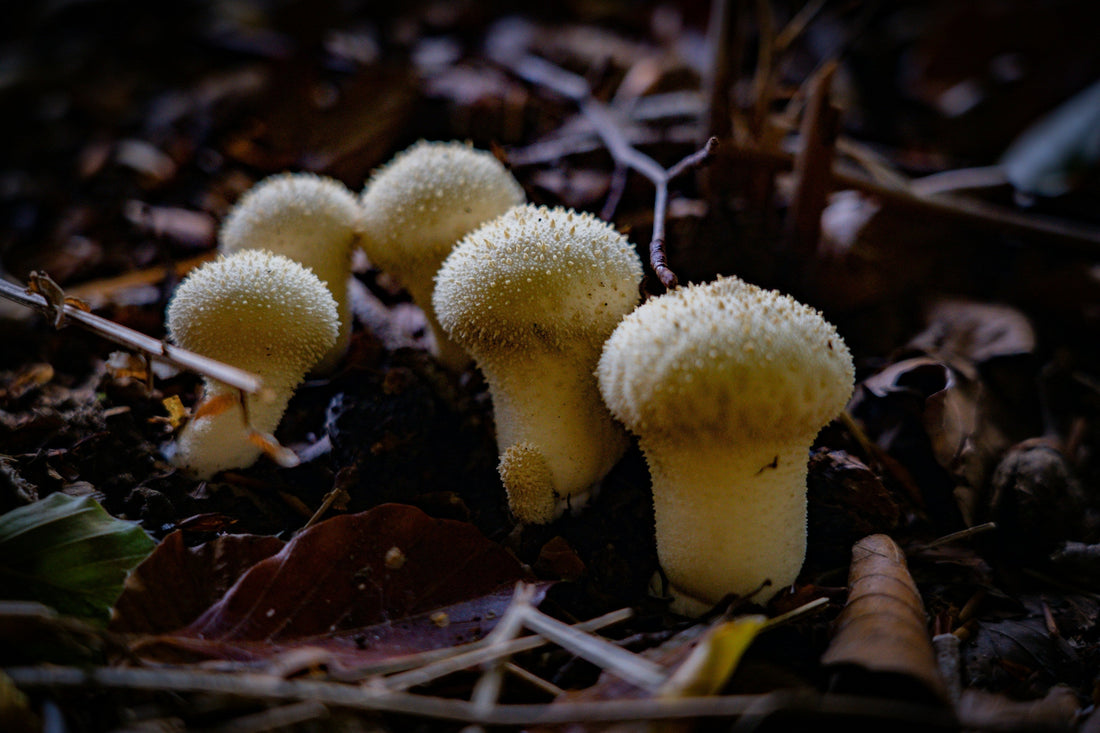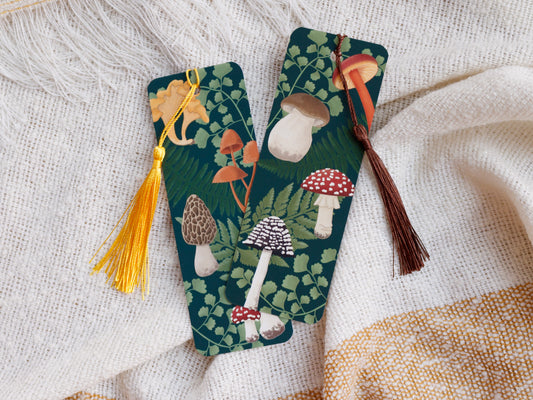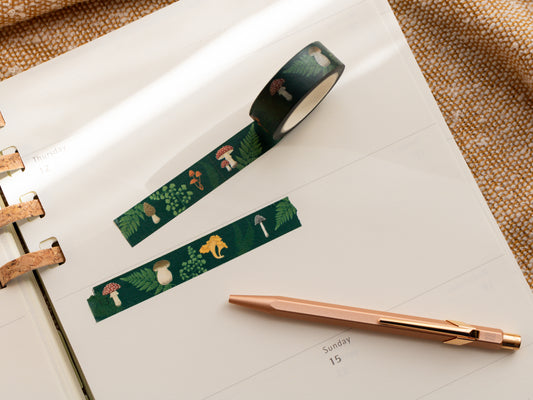Origin of the Name
Lycoperdon perlatum is popularly known as the common puffball, warted puffball, gem-studded puffball or devil's snuff-box.
The genus name Lycoperdon comes from the Greek “lúkos” = wolf, and “pérdomai” = I emit air from the bowels. Which simply translates to wolf fart.
The species name “perlatum” comes from Latin and refers to the warts covering an ample and much enlarged space.
By understanding the origin of the name we are already much closer to understanding this fungus.
About the Common Puffball

The common puffball has a pear shaped, off-white fruit body which is 3–6 cm (1–2.5 in) tall and covered in short spiky warts. These warts begin as a cream colour before turning ochre and falling off to leave an olive-brown surface marked with scars. Older specimens will have a dark area at the top, where the pore hole develops.
Common Puffballs can be found all over Britain and Ireland and grow in fields, gardens, and along roadsides, as well as in grassy clearings in woods; either solitarily, scattered, or in groups or clusters on the ground. They can also grow in fairy rings.
This fungus is edible when young and the internal flesh is completely white, although care must be taken to avoid confusion with Earthballs or immature fruit bodies of poisonous Amanita species.
Instead of having spores underneath a mushroom cap, these mushrooms produce all of their spores inside the fruiting body. A puffball will disperse its spores similarly to other mushrooms when they come into contact with rain, a breeze, or animals. Once that layer is broken, puffball spores are ejected through a small opening at the top of the mushroom in a puff—hence the name.
Inhaling these spores in large quantities can cause inflammation of the lungs called Lycoperdonosis.
Fungal Recycling Centres
Puffballs are saprotrophic, meaning they feed on nonliving organic matter such as wood and leaves. They play an important role in the care of our environment. ‘Decay Fungi’ such as puffballs or oyster mushrooms are one of the few living organisms that are able to break down and encourage decomposition of the toughest material in wood; Lignin. Without them, our planet would be covered in fallen trees and organic matter.
Why it inspired me
I was introduced to the Common Puffball during a mushroom foraging workshop last October. They were fascinating little growths and as I decided to expand my range of mushroom illustrations, the Common Puffball was a clear addition and a lot of fun to illustrate. You should be able to spot the Common Puffball on new mushroom stationery products starting July 2025.
Sources
https://www.wildfooduk.com/articles/the-puffballs/
https://en.wikipedia.org/wiki/Lycoperdon_perlatum
https://www.wildlifetrusts.org/wildlife-explorer/fungi/common-puffball
https://www.shroomer.com/puffball-mushrooms/
https://www.nhbs.com/blog/the-nhbs-guide-to-uk-puffball-identification
https://www.monaconatureencyclopedia.com/lycoperdon-perlatum




